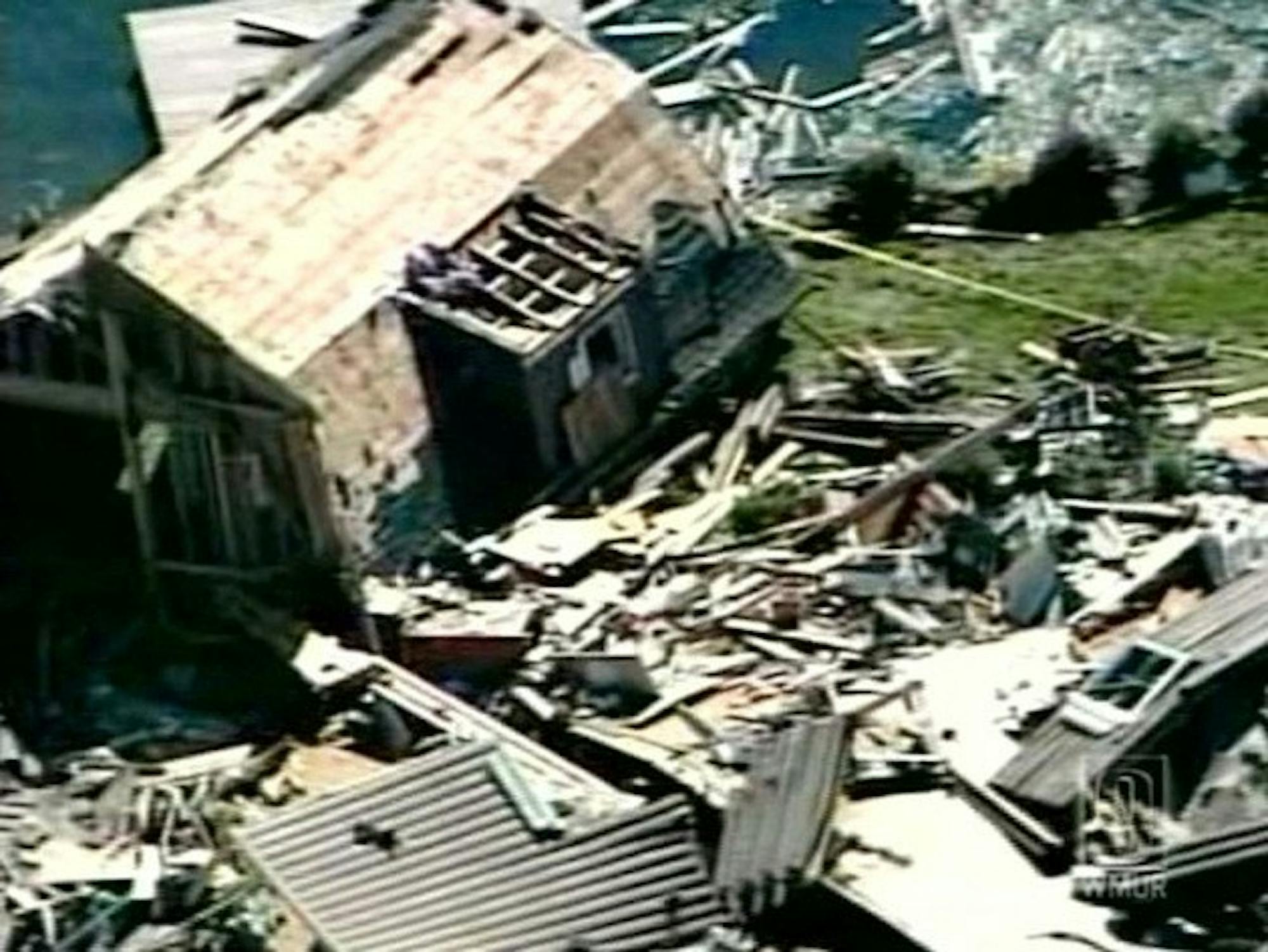"The utilities are back and the roads are cleared, but there is still tremendous damage out there," said Bill Boynton, public information officer for the New Hampshire Department of Transportation.
The organization Volunteer New Hampshire coordinated the relief efforts, helping to remove trees from roads and damaged properties, Boynton said. He added that several religious groups and most residents helped in the process.
"I thought that the local responders acted promptly and efficiently. The state coordinated the activities in an appropriate nature," said Dartmouth Medical School professor Robert Gougelet, director of the New England Center for Emergency Preparedness. "It was an overwhelming situation, but people moved quickly."
The time it will take for life to return to normal varies from person to person, Boynton said. The tornado lifted off the ground in certain areas, leaving some houses demolished and others untouched, according to the National Weather Service.
"Some people are back to relatively normal lives, but the damage was very sporadic," Boynton said. "It is going to be a while until you can return to a normal life if your house was destroyed."
Officials visited Deerfield, N.H. on Saturday to further assess the damage and survey the cleanup efforts. Gov. John Lynch, D-N.H., who has toured the disaster area several times, was joined by Sen. John Sununu, R-N.H,, Sen. Judd Gregg, R-N.H. and Rep. Carol Shea-Porter, D-N.H.
Lynch met with officials from the Federal Emergency Management Agency last Monday and forwarded a letter to President George Bush requesting a disaster declaration for the areas hit by the tornado. This action would make individuals affected by the tornado eligible for federal assistance.
It is likely that the agency will only provide public assistance, which helps state and local governments rebuild infrastructure, and not offer any direct support for individual residents, Boynton said. More than 100 uninsured buildings must be damaged to receive federal assistance for individuals, he explained, and of the 150 structures damaged during the storm, about 80 percent are insured.
Boynton said he does not believe that insurance will cover all of the damage done to insured structures.
"I think it is becoming clear that just because 80 percent of people have some insurance, this doesn't mean they are fully insured," he said.
Boynton added that after the lives of New Hampshire residents have returned to normal, environmental issues such as the large numbers of fallen trees will have to be addressed.
"The tornado knocked down enough timber to build at least 600 homes," Boynton said. "The long-term issue will be how to take care of the massive amounts of downed trees, especially suspended trees that can dry out and become a fire hazard. The first priority, though, is to get people's lives back on track."
After setting down in Deerfield at approximately 11:30 a.m. on July 24, the tornado grew to a diameter of one-third of a mile, eventually letting up one hour and 20 minutes later. It touched more than 8,400 acres of land in five counties across New Hampshire, destroying 19 homes and damaging 76 others, according to a statement from the New Hampshire Department of Safety. The tornado sliced through 11 towns in total, with winds that reached 111 to 135 miles per hour.
Deerfield resident Brenda Stevens, who died when her house collapsed, was the only person killed during the storm. This was the first tornado to result in fatalities in New Hampshire since 1946 and the fourth in the state's history.




